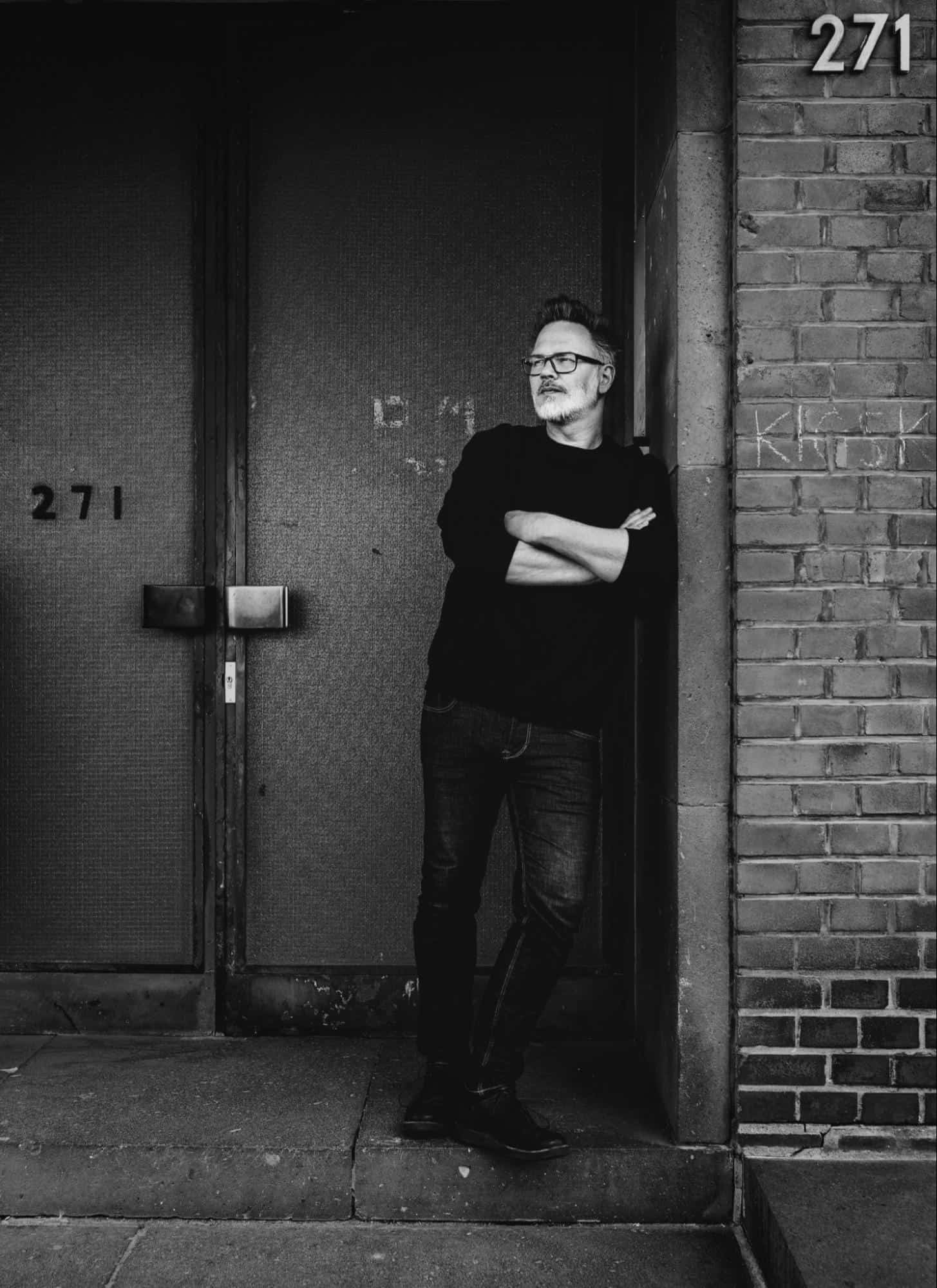Markus Reuter has been performing and creating music for over two decades now. He’s collaborated with Pat Mastelotto, Tony Levin, Gary Husband, Ian Boddy, Robert Rich, and Devin Townsend and many others. Outside of his work as a solo artist, he’s served as a member of multiple bands and musical groups, such as Stick Men, Tuner, King Crimson’s Projekcts, and Centrozoon. Since the start of the pandemic, Markus started a successful podcast and video series called Living The Dream.
We had a chance to chat with Markus about his early career, his own unique approach to mixing in surround sound, and how he thinks the new object-based immersive formats will shape the music industry in the years to come.
Tell us about your early career. What made you want to pursue a career in music and audio production?
It’s obviously a long story, but also actually somewhat related to multi-channel audio.
In 1982, when I was nine years old, my uncle and mother took me to a Mike Oldfield concert. That was kind of the time in my life where I really began to discover music, and my uncle played a lot of music for me. I had a friend who actually had a quad setup, which was super rare at the time. I loved the experience of being totally immersed in music, both at concerts and just listening to records at home. So that's why I wanted to pursue a career in music. Very, very simple.
As for audio production, I was definitely inspired by Oldfield's ability to basically put on a one-man show. At first, I was more interested in creating sound worlds than actually being a performer. I didn’t actually start playing an instrument for real until I turned 20.

Are you aware that much of Mike Oldfield’s back-catalog has been remixed and reissued in surround sound?
Yes, there was a box set called Boxed that had some quadraphonic versions. I heard those really early on, maybe around ‘81 or ‘82.
I’ve heard most of the recent 5.1 stuff as well. It sounds to me like he wasn't fully engaging or interested in doing some of those remixes. They’re interesting, because you can hear more of the individual elements in the arrangement, but I wouldn’t say I like those 5.1 mixes a lot.
They're just kind of like a nice add-on. I don't consider them to be pieces of art, like the original stereo mixes.
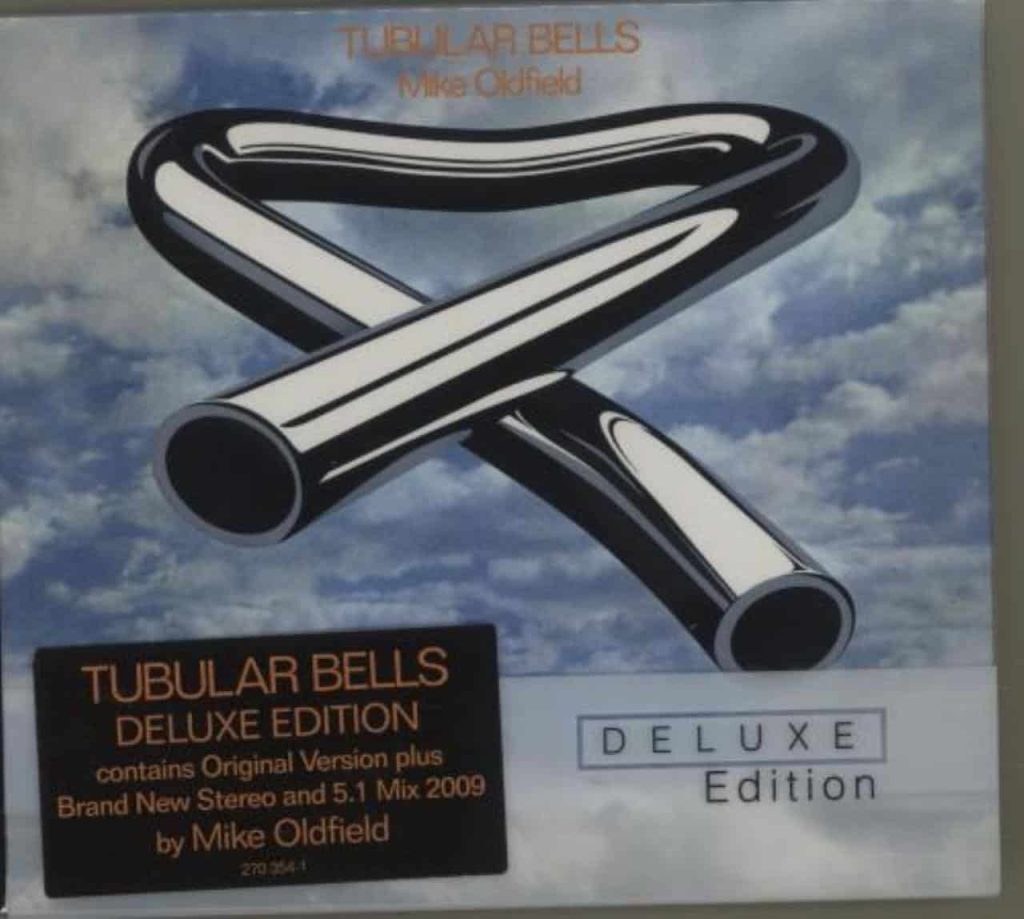
Yeah, he definitely generated a lot of controversy by removing certain instruments and re-recording other parts. The remixes aren’t exactly true to the original production in that sense.
I think with Crises (1983), for example, there's stuff that he hasn't used in the stereo mixes that’s been brought out quite a bit on the 5.1, which is a nice touch. It’s interesting for fans to hear that extra bit of previously-unreleased material.
I’ve always said that any decisions you make as an artist should be made for a specific reason. Remixing older works isn’t necessarily a good thing, depending on the attitude and intention that you have. That's what I mean when I say that, on some of these later varieties, he just simply didn't put the same care into the surround mixes that he put into the original stereo mixes back then. I totally understand that. It would be difficult for me as well to revisit my music decades later with the same passion and drive that I had making it.
It's an interesting point. You often see a lot of debate regarding how to approach 5.1 remixes of vintage or classic material. There are some artists and producers who are very meticulous about recreating all the original balances and effects, while others seize the opportunity to make changes or fix perceived mistakes in the remix.
I think it's super-important how the music gels. That’s the best term I can use to describe it.
With multi-channel audio, it can be really difficult to achieve that balance. The more speakers you have, the less likely it is that you’ll hear what the artist intended. What that means for me is, ideally, a multi-channel mix should be constructed in such a way that it offers the listener many different perspectives. It shouldn’t matter where you’re sitting, or even whether or not you’re standing inside or outside the speaker array. I like that approach a lot, where you're opening up many more possibilities for people to hear the music. Let the listener choose what to focus on.
You tend to be associated with Touch Guitars and the Chapman Stick. What made you become interested in this fairly-obscure instrument?
My main inspiration would have to be Tony Levin, who was really the only visible player in the ‘80s. Musically, it was King Crimson’s Discipline (1981) and Peter Gabriel’s So (1986) that introduced me to the Stick. I first started playing in early ‘93, and have since been interested in sort of “decoding” that instrument.
It’s fairly obscure, as you say, but also very new. It's just turned 50. I like the access that both hands have to the notes on the instrument. It's very different from the piano, where your left hand is for the left side and your right hand for the right side. On an instrument like the stick or or even for any type of guitar, you can put your hands anywhere on the neck.
What inspired your Living The Dream video series?
I started to realize what role playing live shows had in my life. It was a little bit of a party, with people coming together talking, making new friends, stuff like that. So it was pretty clear from the very beginning of the pandemic that I was gonna miss that a lot.
I wasn't that interested in just streaming performances. I tried that a couple times, but I’m more of a guy who likes personal interaction. I like talking with people rather than talking to people. At first, the idea was just to have these simple Zoom meetings and it developed into something bigger. I’m still doing free meetings, but there’s also a workshop attached to it. I’m doing a podcast as well. In fact, the 45th episode with Devin Townsend just came out today.
It's been a good replacement activity for meeting people at shows, but I have to say I still really miss playing live. I had actually planned to go to the U.S. in August, so it’s a real drag.
Devin Townsend’s Empath tour, which you were a part of, was one of many live acts affected by the lockdown in March 2020. I understand that Devin was able to compile the few shows you guys played together and release them on Blu-Ray disc, Order Of Magnitude: Empath Live Volume 1, last fall.
Yeah, it was an incredible experience. I haven’t heard the surround version of that yet.
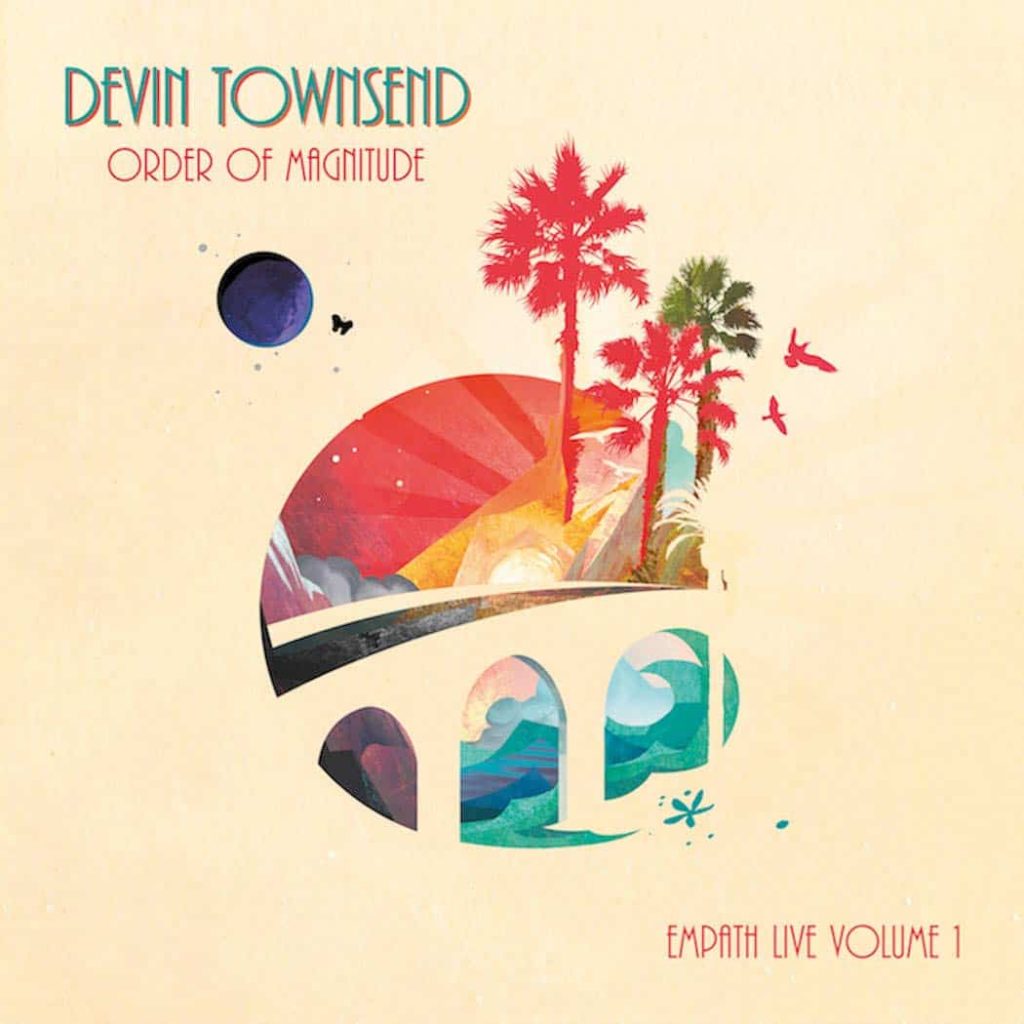
Did you play on the Empath studio album?
No. We first got to know each other at one of the release events for that album. We weren't really aware of each other at all, and we just became friends pretty quickly. Just a few weeks later, he contacted me and said, “Markus, I checked out your music. Would you want to be in my band for the next tour?” It was pretty awesome.
Empath was my introduction to his music as well, mostly due to the fact that it had a 5.1 release. I’ve never heard anything quite like it. There’s such a variety of tones and styles. That must be incredibly difficult music to play live.
Definitely, but it was a real joy. The idea for that tour was that the band would really play everything live. No click or backing tracks. Everything was created live in the moment. It was such an incredible pleasure. I had up to ten different sounds saved for each song, because the touch instrument basically made me the second keyboard player in the band.
Morgen Agren, the drummer, and Mike Keneally are incredible musicians to work with. Devin is one of the best musicians I know and one of the best singers I know. I couldn't be happier to have been involved.
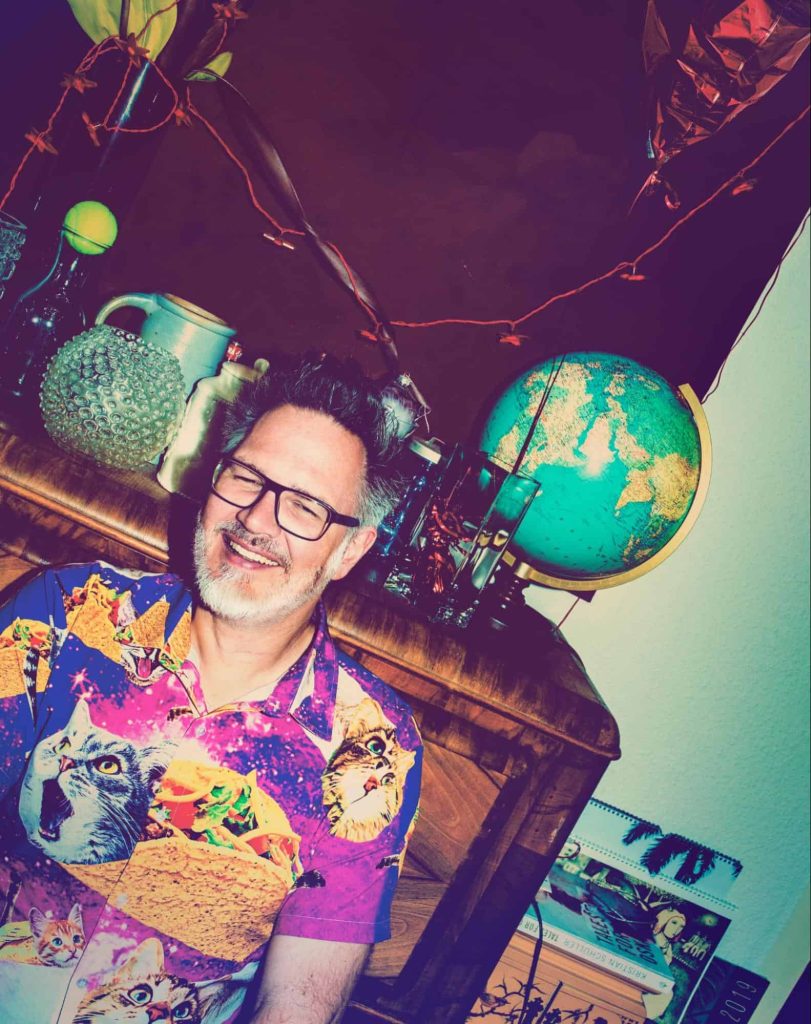
Do you have a favorite immersive project you’ve worked on?
That's a very good question. I think that may have to be the original version of Todmorden 513 (2011), which was mixed by Robert Rich.
It's a very experimental album. As you can imagine, experimental music really allows you to take advantage of the format. There’s no expectation attached to what it should sound like, which means you can do anything.
I had these huge chords in that composition, some of which were 72 notes (basically all the notes in the keyboard pressed down at different velocities). In the surround mix, we kind of panned all the notes around the listener. It created a space that’s literally impossible to get with stereo. That’s what I like about any new technology, these new opportunities and possibilities it brings. So that's why the Todmorden 513 is probably my favorite.
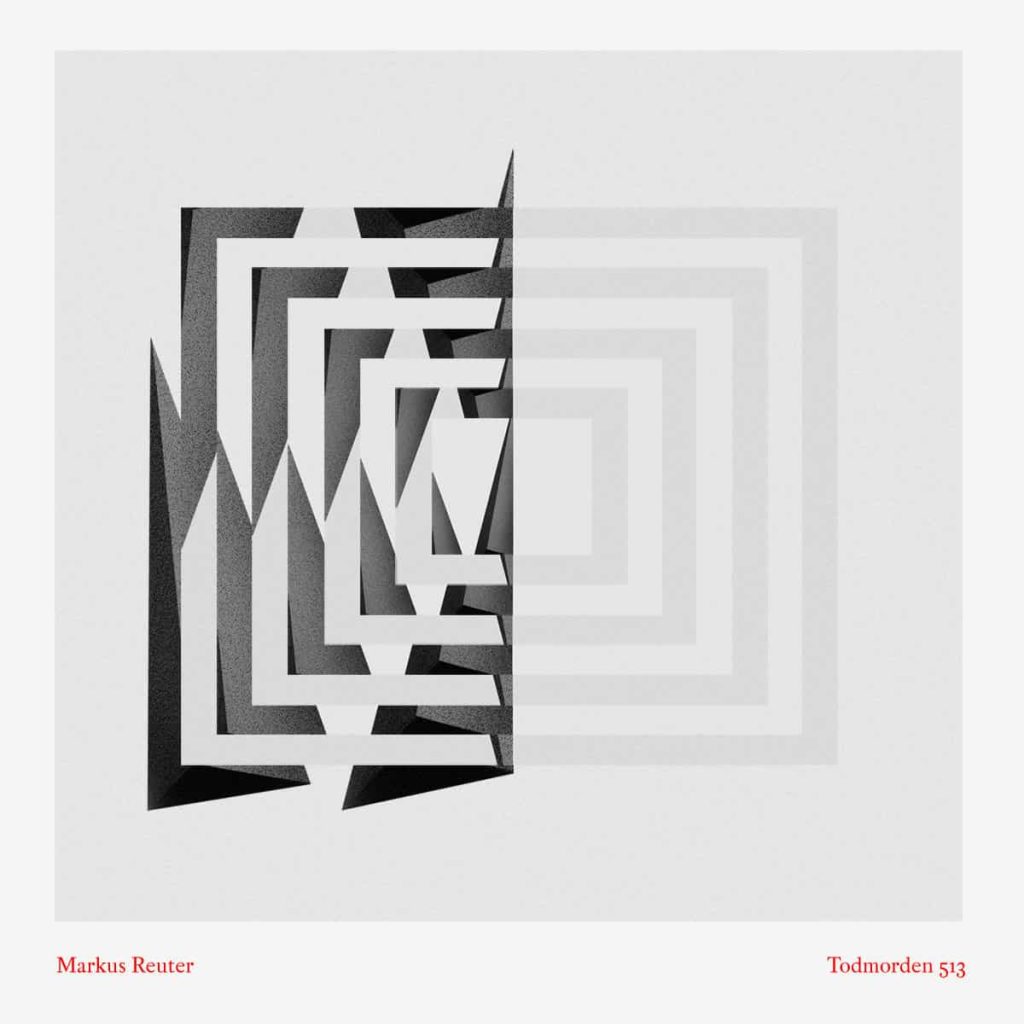
That’s an interesting point you made, how electronic music comes with no expectations of a physical soundstage in the way that pop, rock, or jazz played with real instruments can.
That’s true, you can do anything you want. However, I believe that the trick really is to create some sort of artificial audio bleed between the channels in order to make things gel.
On some older 5.1 mixes of rock music, you tend to get the main vocal isolated in the center speaker. It doesn’t always integrate well with the rest of the band, especially if the listener’s system isn’t calibrated in exactly the same way as the remix engineer’s. Even if the 5.1 mix is being played at a different volume than it was in the studio, the listener could get a completely different balance than what was intended.
When I mix in surround, I tend to opt for a quadraphonic layout rather than 5.1. I imagine it as like a stereo mix with a third dimension. That means, for example, you could have the drums and bass in both the front and rear channels at the same volume. Then, you could place the other elements that make up the performance in either front or rear, or somewhere in-between. Moving within the space won’t change the overall level of the rhythm section, which is something that tends to happen in some of those older 5.1 mixes.
One older 5.1 title that I felt achieved this balance really well was Depeche Mode’s Sounds Of The Universe (2009). It's an amazing album and has a really great surround mix. You could be sitting way off to the side of the room, and it still worked. It was a revelation, and really opened my ears and mind to the possibilities of what can be done. Definitely check that one out, I think it’s pretty cool.
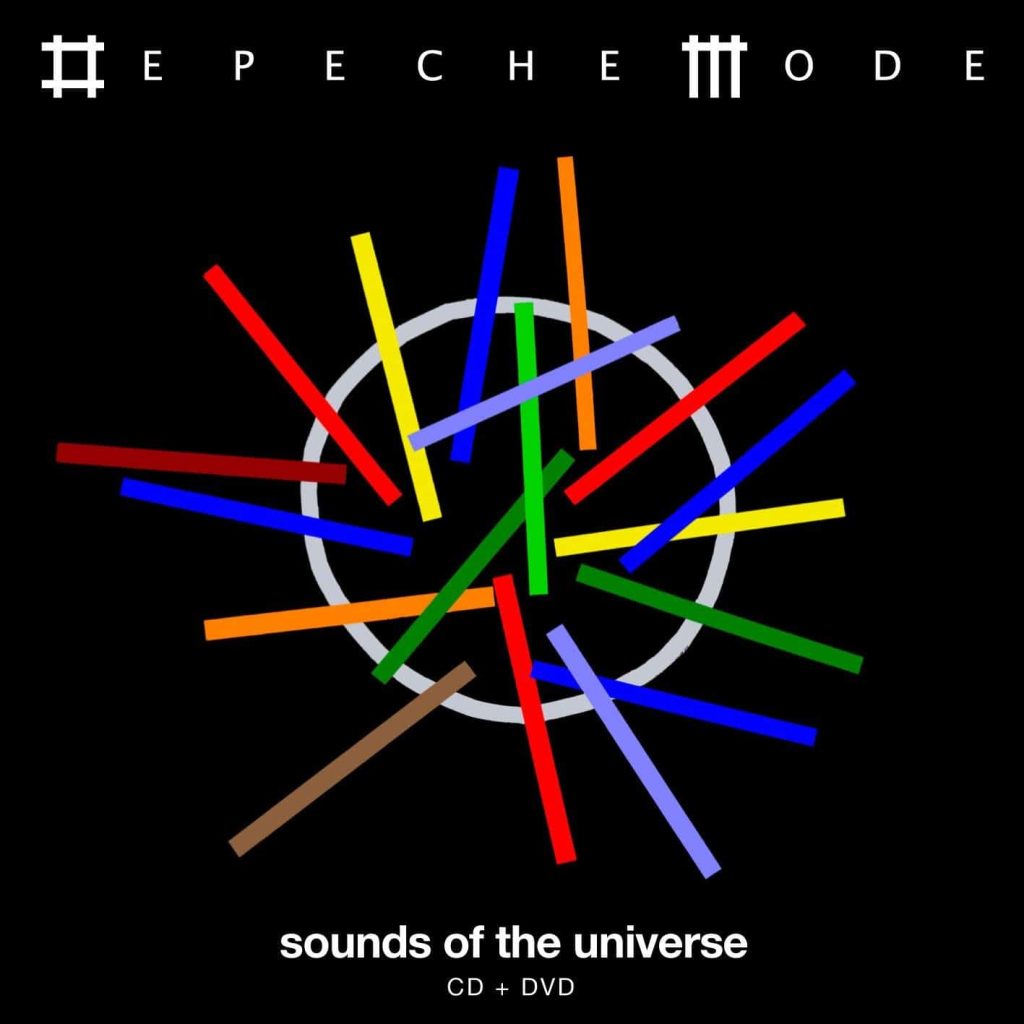
What are your thoughts on Apple and Tidal’s Atmos streaming platforms? Do you see this as ultimately becoming a mainstream success, unlike past attempts to market surround music?
The short answer is that I hope it will catch on, but I'm not so sure if it will. There've been attempts to promote surround music for almost 50 years with little success.
Technically, this idea of object-based mixing is a completely different concept. That is exciting. I think what people need to do is actually start writing music for that format.
I hope it's gonna work out. Just last year, I had a friend actually offer to remix one of my albums in Atmos. I was too late to deliver the files to him, but I'm certainly planning to put something out very soon in that format.
What advice would you give to anyone interested in pursuing a career in music or audio engineering?
I would say be prepared that it takes a long time to have any considerable success. The people who have success at an early age are the exceptions rather than the rule. You may need a second job to support yourself. Some people say, “You should become a plumber, because you will always have work.” It's funny, but in a way it's also true, right? Because as a musician, or as an artist, it's an endless hustle. I can feel that. I’m turning 49 soon, and I have these phases where I get totally burned out. The constant hustle isn’t always fun, but never give up if you decide to do it.
Any current and/or future projects involving immersive audio you can tell us about?
There's an album that was just recorded last week. It’s going to be out on Solaire Records, a German label for classical music. It's an album of mallet quartet music by four composers from Germany and Switzerland. We actually captured the entire recording space. It still hasn’t been decided if there’ll be a physical release in addition to the download, and we haven’t come up with the final title, but I’m really excited about the idea of capturing the real three-dimensional sound of the room.
Aside from that, my new album, Anchor and Burden, which is set to come out on September 3rd, will likely be out as a multichannel version at some point in the near-future.

